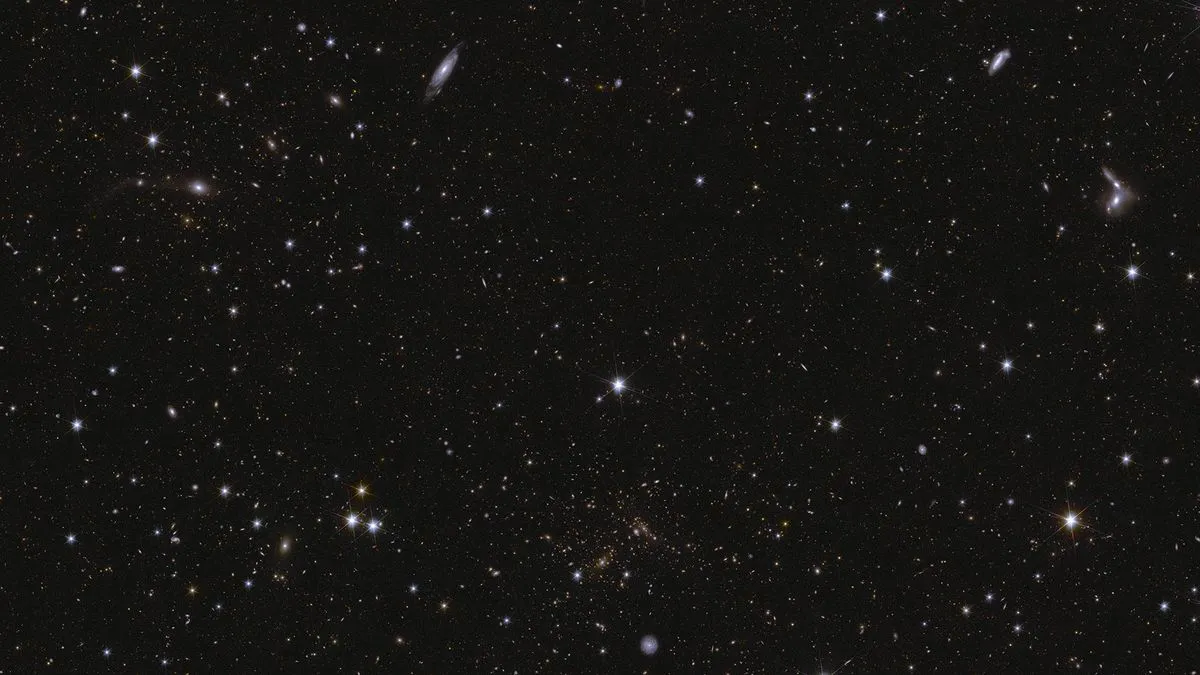
The European Space Agency's (ESA) Euclid mission has made headlines with the release of its first batch of survey data on March 19. This groundbreaking data set includes a stunning preview of deep fields showcasing hundreds of thousands of galaxies, each presenting unique shapes and sizes. The implications of this release are immense, offering a glimpse into the universe's intricate tapestry.
The recently unveiled image is just a zoomed-in segment from three expansive mosaics. This data release marks a significant milestone for ESA's Euclid spacecraft, which has captured numerous galaxy clusters, active galactic nuclei, and transient phenomena. Notably, it features the first classification survey of over 380,000 galaxies and 500 gravitational lens candidates, meticulously compiled through a combination of artificial intelligence and human expertise. Carole Mundell, ESA's Director of Science, emphasized the importance of this release, stating, "With the release of the first data from Euclid's sky survey, we are unlocking a treasure trove of information for scientists to dive into and tackle some of the most intriguing questions in modern science."
This remarkable data originates from Euclid's Deep Field South, providing an initial look at 63 square degrees of the sky—an area more than 300 times the size of the full moon. When fully realized, Euclid's atlas is set to encompass one-third of the entire sky, totaling 14,000 square degrees, all captured in high-quality detail. In this specific view, astronomers can identify galaxies by their elongated shapes or spiral arms. Some galaxies are seen edge-on, while a prominent spiral galaxy located at the bottom center is displayed face-on. Additionally, interacting galaxies can be observed at the far right of the image, with galaxy clusters evident near the bottom center, where distorted features indicate gravitational lensing.
The Euclid spacecraft has already observed an astonishing 26 million galaxies, with the most distant ones located up to 10.5 billion light-years away. This extensive survey will deepen astronomers' understanding of galaxy shapes, star formation, and various other subjects. Valeria Pettorino, ESA's Euclid project scientist, highlighted the mission's potential, stating, "We will observe each deep field between 30 and 52 times over Euclid's six-year mission, each time improving the resolution of how we see those areas and the number of objects we manage to observe. Just think of the discoveries that await us."
For those interested in delving deeper into the details of Euclid's first data release and understanding how this advanced space telescope peers into the dark universe, additional information is available on the ESA's official website. This development not only marks a significant achievement for the Euclid mission but also promises to propel scientific progress for generations to come.